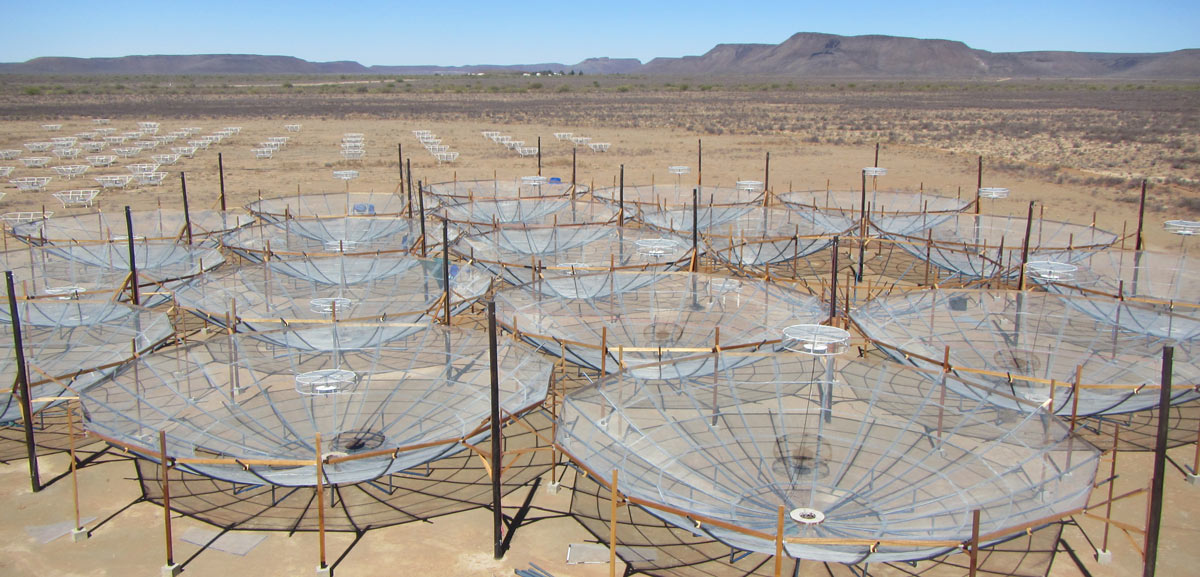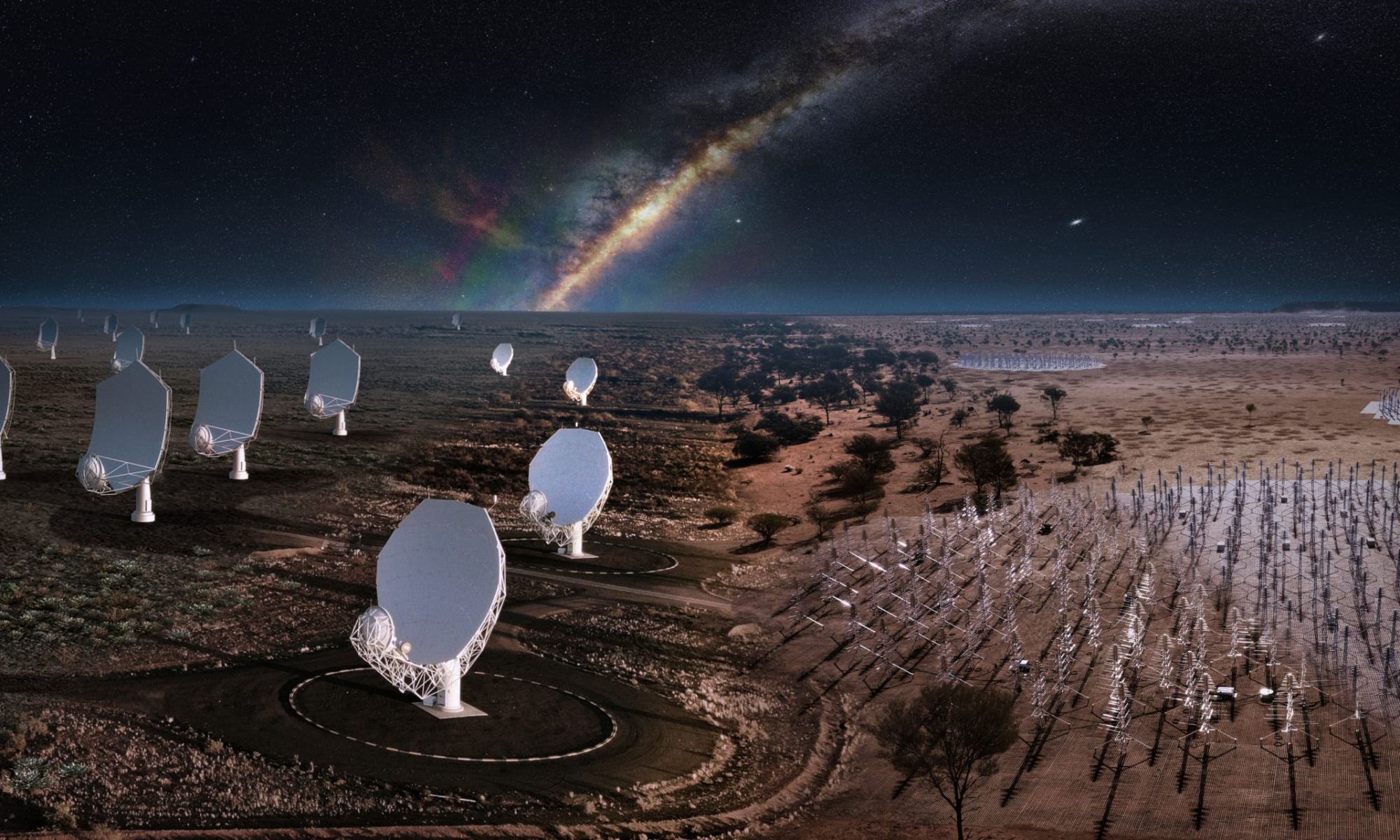The frontiers of astronomy are being pushed regularly these days thanks to next-generation telescopes and scientific collaborations. Even so, astronomers are still waiting to peel back the veil of the cosmic “Dark Ages,” which lasted from roughly 370,000 to 1 billion years after the Big Bang, where the Universe was shrouded with light-obscuring neutral hydrogen. The first stars and galaxies formed during this same period (ca. 100 to 500 million years), slowly dispelling the “darkness.” This period is known as the Epoch of Reionization, or as many astronomers call it: Cosmic Dawn.
By probing this period with advanced radio telescopes, astronomers will gain valuable insights into how the first galaxies formed and evolved. This is the purpose of the Hydrogen Epoch of Reionization Array (HERA), a radio telescope dedicated to observing the large-scale structure of the cosmos during and before the Epoch of Reionization located in the Karoo desert in South Africa. In a recent paper, the HERA Collaboration reports how it doubled the array’s sensitivity and how their observations will lead to the first 3D map of Cosmic Dawn.
Continue reading “Astronomers are Working on a 3D map of Cosmic Dawn”

